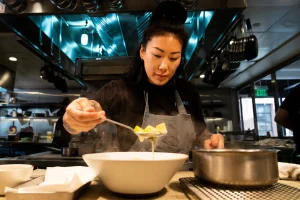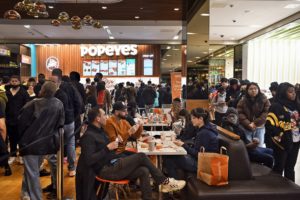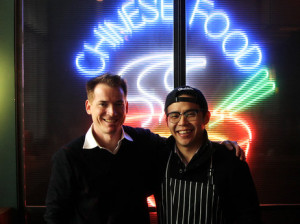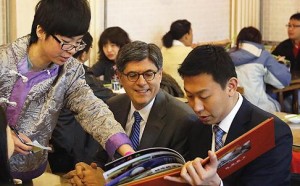Despite the frosty relations between the United States and China these days, occasionally government officials from the two countries meet. Recently U.S. Treasury secretary Janet Yellen and Secretary of State Anthony Blinken visited China for talks with Chinese officials. A recent story in the New York Times did not report on the substance of the talks (the newspaper did elsewhere) but instead talked about something more perhaps equally important for visiting diplomats, namely what and how they ate while in China:
Where, what and how American dignitaries eat when they visit China is a serious matter. Choices of restaurants and dishes are rife with opportunities for geopolitical symbolism, as well as controversy and mockery. Chopstick skills — or a lack thereof — can be a sign of cultural competence or illiteracy.
American officials are closely observed, and their meals are widely reported on in Chinese social media. If they order what Chinese people normally eat, they are praised, particularly if the food is “authentic”, i.e. not modified for Western palates. Ms. Yellen has turned out to be somewhat of a sensation in the food department. She eats in a variety of different Chinese style restaurants (Cantonese, Sichuan,Yunnan), orders the right dishes, and, most importantly, is very good with chopsticks. In fact, her chopstick skill were on display in a video shared widely in China on Weibo. She also won points for not eating in a private room, but in the open with other diners. Her popularity even led one restaurant where she ate to create a set menu based on what she had eaten there: it’s called the “God of Wealth menu” (after all she’s in charge of the US Treasury).
My experience in China is that the Chinese are (justifiably) very proud of their cuisine and find it important for foreigners to try authentic Chinese food, and to like it. They are also very appreciative if foreigners make a effort to learn Chinese, and quite surprised when a Westerner can speak even a little Chinese. I wrote a while back about my positive experience when ordering beer in Chinese and getting the pronunciation correct. US diplomats would be even more warmly received in China if they not only were able to use chopsticks but also could speak a little Mandarin.











![Rachel Ahn, a Korean binge eater [NPR]](https://acrossculturesweb.com/wp/wp-content/uploads/2015/04/binge_eating-300x200.jpg)




